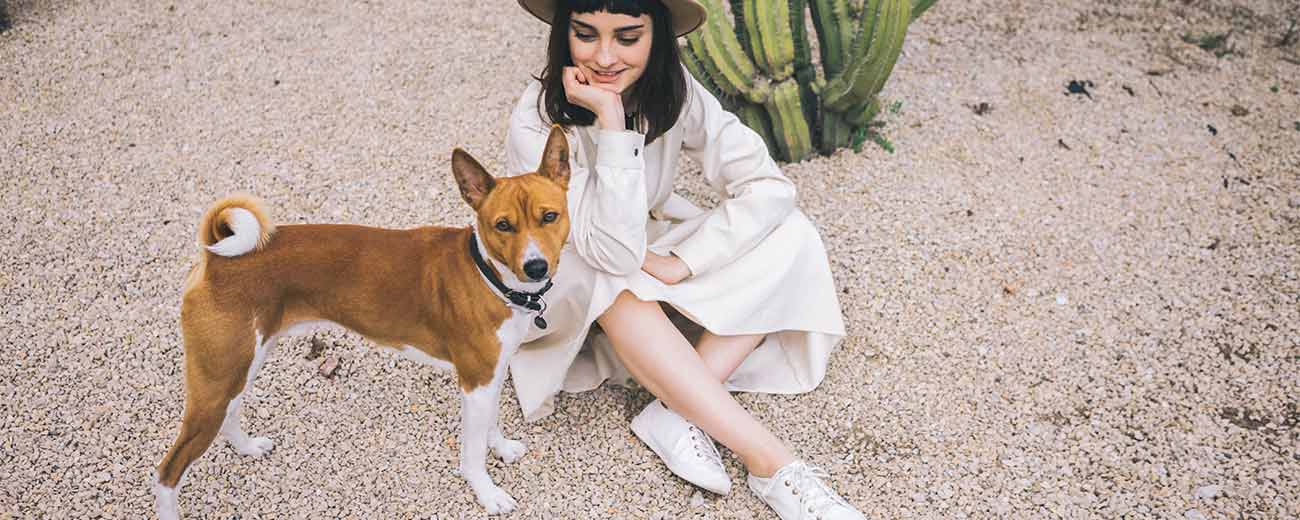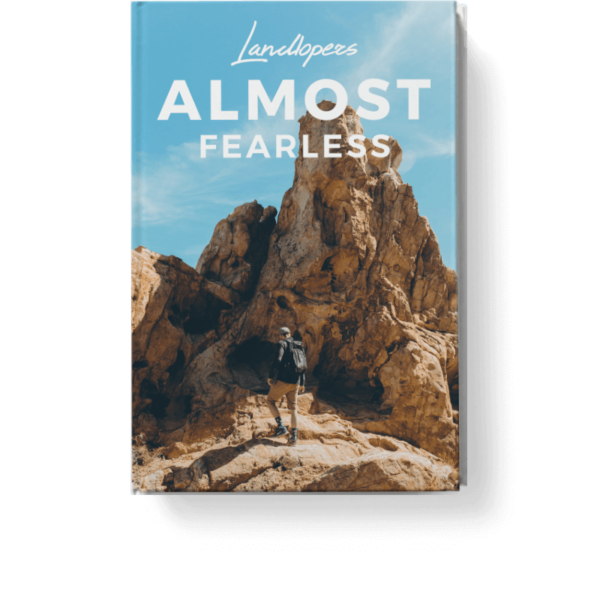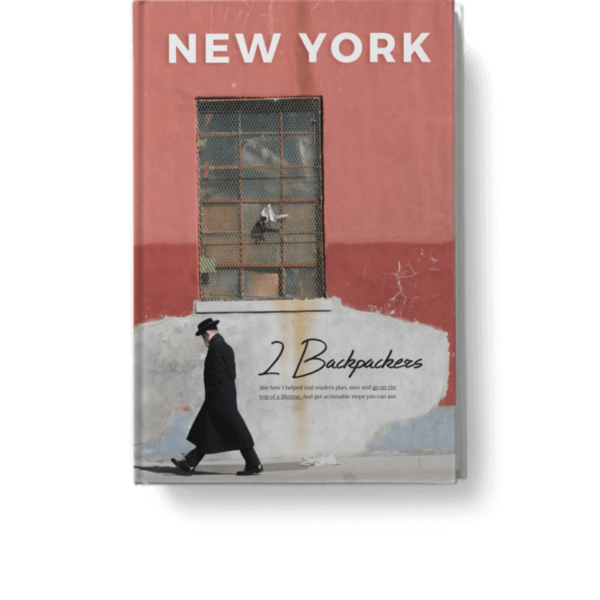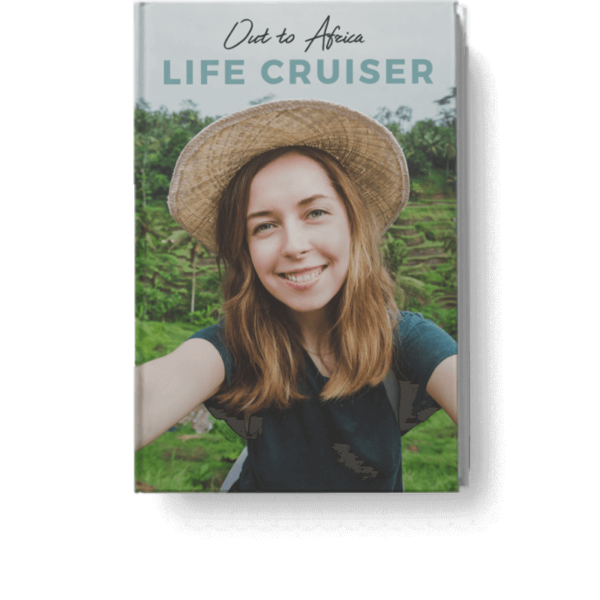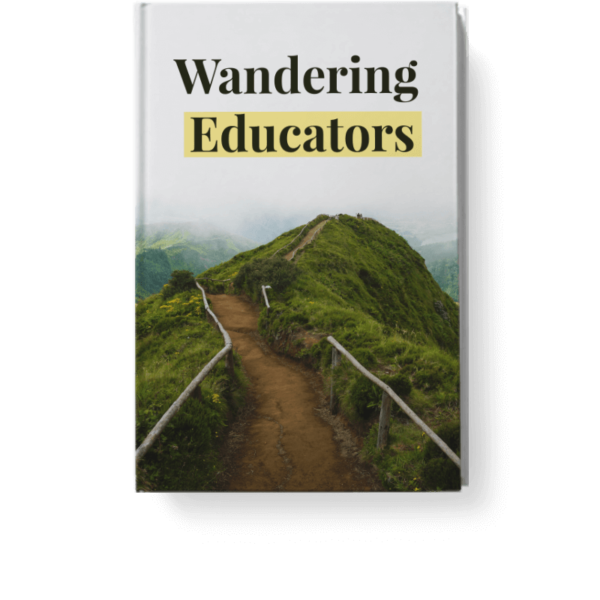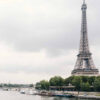Norway
Quick Tips
Visa Requirements
🌿 Eco Friendliness
EPI ranking (based on the Environmental Performance Index) : 14/180
Norway is ranked one of the most sustainable countries in the world. Their electricity production is 97% renewable and the government aims to reduce emission of greenhouse gases by 30% in 2020. Norway is full of opportunities for sustainable travel, from small local villages and businesses to plenty of outdoor activities, the country is making massive achievements to reach the top eco rankings. Here are some important actions Norway has been taking:
Recycling – With one of the most varied recycling systems in the world, locals are encouraged to separate all their items with colour coordinated bags and recycling bins are widely used throughout the country. They also have a reward system they’ve called the ‘pant’ system, where you pay a few NOK extra for a certain goods at the supermarket and once you return it to one of their machines, you get the money back to use in the supermarket or donate to charity.
Reducing single use plastic – Plastic bags are no longer a thing in Norway, with all of them replaced with recycled plastic or paper. Manufacturers must also use approved labels, glue and bottle tops to help improve the recycling process.
Electric cars and aeroplanes – Norway is big on electric cars and plans to stop sales of diesel and gasoline vehicles by 2025. Similarly, they are working to create a hybrid fuel electric plane model by 2020 which would be a massive game changer for us travellers!
Investing in the future – Norway has invested in a US$ 13 million seed bank where over a million seeds are preserved and used in case of a global crisis, which could include anything from a nuclear war, natural disaster or climate change.
Plogging – This is specific to Norway and we think is genius! This is when the locals go for walks in a local forest with the aim of picking up any litter they can find.
Culture – A sustainable way of living seems to be embedded in the Norwegian culture, let’s hope the rest of the world can follow!
Safety Rating – 9/10
Norway is also one of the safest countries in the world due to the high standards of living. It has one of the lowest unemployment rates and due to the rich economy, it makes the whole country very productive. All the locals we had spoken to were actually very pleased with their government, who spends a great amount on having advanced education and excellent healthcare system.
Best time to go
Female Friendliness
It is without a doubt that Norway has been our top 3 safest countries for female travellers. We did not experience any form of harassment or uneasiness during our visit, and walking in the quietest of roads felt completely safe. All the locals were extremely friendly, helpful and genuine people.
Things to See and Do in Norway
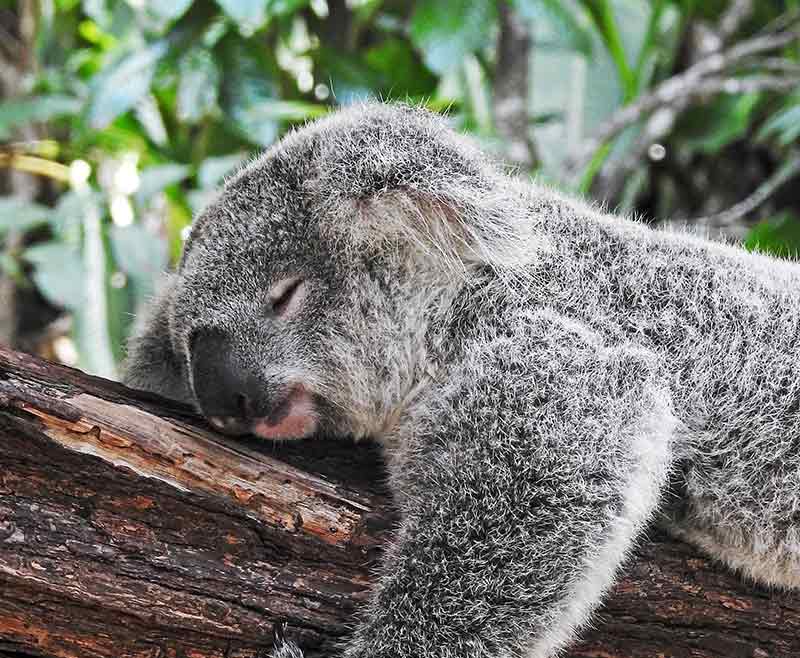
“The Professional Hobo”

“Never Ending Footsteps”
Typical Costs When Travelling
Accommodation
Food (per meal)
Local Transportation

Suggested daily budget
Money Saving Tips
What to Pack
Sorry, no posts matched your criteria.







